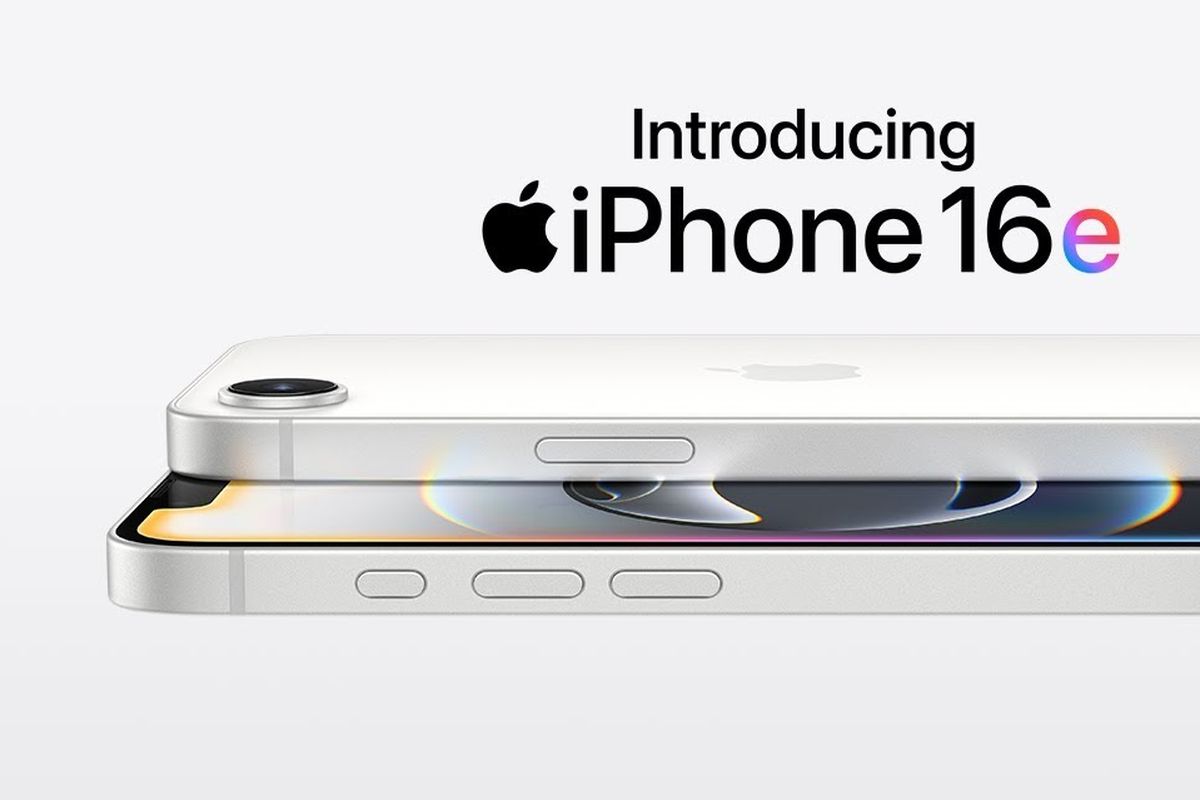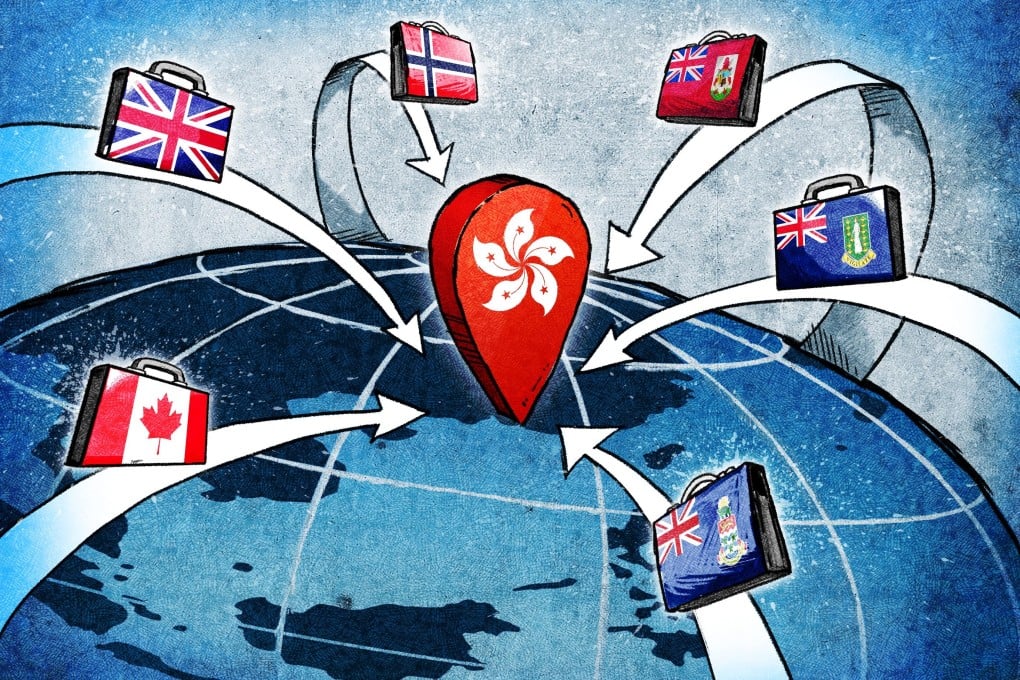Apple’s latest foray into the smartphone market has once again captured global attention with the unveiling of the iPhone 16e. In a move that diverges from past branding conventions, Apple has retired the long-standing “SE” moniker and introduced a new naming structure that reflects a fresh approach. Yet, beyond its name, the most unexpected aspect of the iPhone 16e is its price. At $599, the device is positioned significantly higher than its predecessor, the iPhone SE, which previously offered consumers an entry point into the Apple ecosystem for just $429.
The launch of the iPhone 16e represents more than just an expansion of Apple’s product lineup; it is a strategic attempt to reinforce the iPhone’s relevance in an increasingly competitive smartphone landscape. The iPhone remains Apple’s most crucial revenue driver, contributing $69.1 billion to the company’s total revenue of $124.3 billion in the first fiscal quarter of 2025 alone. With Apple’s market capitalization approaching an unprecedented $4 trillion, the success of its flagship product is essential to maintaining investor confidence and securing future growth.
However, Apple’s history with budget smartphones has been inconsistent. Previous attempts to capture the lower-end market have yielded mixed results, with models such as the iPhone SE failing to gain significant traction. Data from Consumer Intelligence Research Partners (CIRP) suggests that the iPhone SE accounted for only 5% of iPhone sales in the United States during the final quarter of 2024, while Counterpoint Research reported that the SE represented a mere 1% of global iPhone sales for the year. The iPhone Mini, another attempt to provide a more affordable alternative, was similarly short-lived, discontinued after just two iterations due to underwhelming demand.
With this context in mind, the iPhone 16e presents both an opportunity and a challenge for Apple. The decision to raise the price of its budget model prompts questions about its accessibility to cost-conscious consumers. Yet, Apple appears to be following a playbook that previously proved effective: the strategy behind the iPhone XR. By prioritizing essential features such as a larger display and extended battery life while making compromises in camera hardware to reduce costs, Apple is replicating an approach that resulted in strong sales performance in the past.
The iPhone 16e, despite being positioned as a successor to the iPhone SE, more closely resembles the iPhone XR in both philosophy and execution. When Apple introduced the XR in 2018, it was designed as a more affordable alternative to the iPhone XS, offering a similar experience with slight reductions in premium specifications. The XR quickly became a success, emerging as the best-selling smartphone worldwide in the third quarter of 2019, according to Counterpoint Research. Though Apple never released a direct successor, the iPhone 11 adopted much of the XR’s design language and pricing structure, reinforcing the effectiveness of the strategy.
With the iPhone 16e, Apple is once again prioritizing display size and battery life over advanced camera capabilities. The device features a 6.1-inch display—the same size as the standard iPhone 16—marking a departure from the smaller 4.7-inch screen of the iPhone SE. Analysts believe this shift is a reflection of changing consumer preferences, with demand for compact smartphones declining in favor of larger displays. According to Gerrit Schneemann, a senior analyst at Counterpoint Research, Apple is recognizing that consumers are increasingly willing to sacrifice a lower price point for a bigger screen. “They are giving up on that kind of smaller form factor and realizing that people are interested in a larger display,” Schneemann told CNN. “Even if it means discarding the $400 entry price.”
Before the iPhone 16e’s announcement, renowned Apple analyst Ming-Chi Kuo of TF International Securities predicted that the device would likely perform slightly better than the iPhone SE. However, concerns remain about whether the $599 price tag will deter potential buyers, particularly when compared to the affordability of Android alternatives.
An additional challenge lies in the potential impact on Apple’s existing product lineup. Some industry analysts have raised concerns that the iPhone 16e may inadvertently cannibalize sales of the standard iPhone 16, which could affect Apple’s overall profitability. Bank of America analyst Wamsi Mohan highlighted this risk in a note to investors, while Daniel Newman, CEO of The Futurum Group, underscored the delicate balance Apple must maintain. “They have to be really careful to offer enough in this device that it is worth $600 to a buyer, but not offer so much that someone that would spend $1,300 or even $1,000 picks it over that,” Newman explained.
Beyond immediate sales performance, the iPhone 16e carries broader strategic importance for Apple. While high-end models such as the iPhone 16 Pro and Pro Max tend to dominate global sales, as noted by research firm Kantar, Apple recognizes the necessity of appealing to a wider range of consumers. The iPhone 16e provides an entry point for users who might otherwise turn to secondhand iPhones or competing Android devices, particularly in key international markets such as China, where Apple faces growing competition from regional brands like Huawei and Xiaomi.
More significantly, the iPhone 16e plays a role in Apple’s long-term vision of expanding its ecosystem. By equipping the device with Apple Intelligence—its suite of AI-powered features—Apple ensures that even those who opt for a more affordable model can access the latest technological advancements. This move is particularly crucial as Apple seeks to transition toward a services-driven business model, reducing its reliance on iPhone hardware sales and capitalizing on recurring revenue streams.
The inclusion of Apple Intelligence in the iPhone 16e also positions the company competitively in the ongoing AI race. With rivals such as Google, Microsoft, and Samsung aggressively investing in artificial intelligence, Apple must ensure its ecosystem remains at the forefront of innovation. Expanding the reach of its AI-driven features to a broader audience could prove essential in maintaining user engagement and securing future growth.
Daniel Newman emphasizes the high stakes involved in this shift. “Apple really needs to win,” he said, referring to the company’s efforts to attract Android users and budget-conscious buyers. “Its whole AI strategy, its intelligence strategy, and its app strategy for the future is really where I think its biggest growth opportunity comes.”
The iPhone 16e stands at the crossroads of Apple’s past successes and its future ambitions. As the company navigates an increasingly competitive landscape, the performance of this device will be closely watched—not only as a test of Apple’s ability to compete in the budget segment but also as an indicator of its broader strategy in the evolving smartphone industry.







